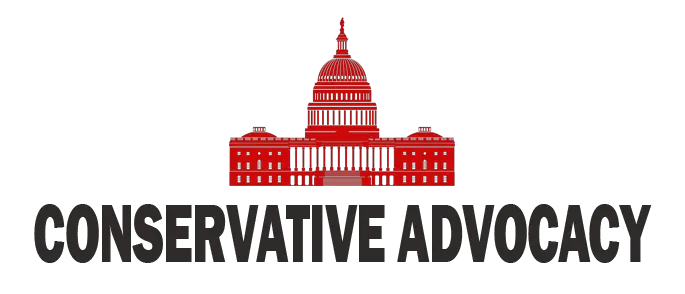In the latest foray into the ever-evolving realm of identity politics, we’ve stumbled upon a new set of categories that have little to do with anything consequential but everything to do with modern society’s obsession with labels. It seems, in the world of fat acceptance, one’s shirt size is all it takes to define not just the body but one’s level of privilege in society. Yes, dear reader, we’ve arrived at a point where waistlines dictate social status. Who would have ever thought the time would come when your shirt size could become a badge of honor—or perhaps infamy—in the social hierarchy?
Let’s break it down. If you’re wearing a 1X or 2X, congratulations, you’re officially classified as “small fat.” Now, don’t let that make you feel insecure; it simply means you might breeze through airplane aisles without much hassle. But if you hit the 3X or 4X mark, you’ve leveled up to “midfat.” You might face the indignity of requiring an airplane seatbelt extender, but fear not! There’s still more to the growth pyramid. Hit 5X or 6X, and you’re reaching the vaunted rank of “super fat.” Ah, the sweet tiers of corporeal ascendancy!
What’s both entertaining and perplexing is this journey of redefining struggles and privileges based purely on size. The idea suggests that those on the upper end of the spectrum possess a certain world-worn wisdom—privilege through heft, if you will. It’s a curious reflection of today’s move to rank every facet of human experience through an esoteric lens of inclusion. Large isn’t just large anymore; it’s practically a cultural movement, a status, a society all its own.
The unintended humor in this hierarchy can’t be ignored. Imagine opening a fast-food joint with menu sizes matching this range: small fat, midfat, super fat, mega fat, cosmic fat, and for those truly dedicated, galactic fat. The innovative ordering experience almost writes itself. The culinary equivalent of a role-playing game, where your acquired levels run parallel with your caloric intake. It’s absurd, but then again, absurdity seems to be the point of these societal shifts.
In the grand scheme of things, the core challenge is not necessarily a stranger’s need for a seatbelt extender. It’s the insistence on categorizing and stratifying even the most personal aspects of life into an exhausting competitive narrative that few can keep up with. As the liberal factions continue painting everything through the distorted prism of identity and oppression, we must anchor ourselves in the reality that humans are far more than shirt sizes and social media tags. Instead of scrambling to fit into another manufactured identity, perhaps a return to seeking individual merit and character isn’t such a bad idea. After all, wisdom is weightless and cannot be defined by shirt size—despite what this new trend suggests.




